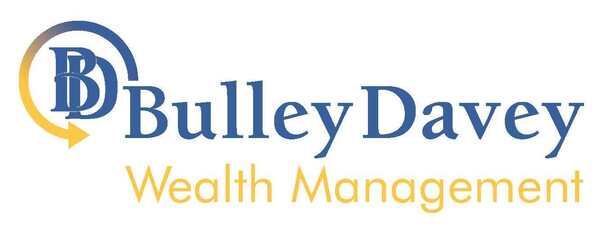Time’s running out to make tax-efficient contributions into ISAs and pensions before the 2021/22 tax year ends on 5 April 2022.
Utilising these tax-free annual allowances is a good idea if you can afford to do it, amid soaring inflation and the living costs crisis.
The Treasury has a huge financial hole to make up after the pandemic and frozen annual allowances may result in you paying more to the taxman.
The thresholds involving income tax, National Insurance contributions, capital gains and inheritance tax are all frozen until 5 April 2026.
However, there are ways you can lower the share of your money that the Treasury can take – and that’s where pensions and ISAs come into play.
Pension contributions
Making the most of pension contributions can be particularly attractive due to their special tax status.
Where possible, it often makes sense to use your annual pension allowance (£40,000 in 2021/22) to the full.
And if you haven’t used your full pension allowance in the previous three tax years, you can carry forward any unused allowances for those years.
However, if your adjusted income exceeds £240,000 in 2021/22, your annual allowance will reduce by £1 for every £2 over £240,000.
This will give you a tapered annual allowance, which restricts what you can pay into a pension down to a minimum of £4,000.
You usually pay no tax on your pension contributions, but you can be taxed at your marginal rate when you start to receive income from your pension.
Be aware you will usually pay tax if your pension pot is worth more than the lifetime allowance (£1,073,100 in 2021/22).
So, make sure to look closely at your current pension pot and ensure that you are still within this allowance.
If you are in danger of exceeding it, you could look at alternative types of investment to prepare for your retirement.
ISA contributions
One tax-efficient alternative to consider using arrives in the form of an ISA, a tax wrapper in which you can place up to £20,000 before 5 April 2021.
Unlike the carry-forward option with pension contributions, the annual ISA limit will not rollover from one year to the next, so use it or lose it.
Most ISA users tend to use stocks-and-shares ISAs as they can offer better returns than cash ISAs, which are tied to the base rate of interest.
Growth, income and withdrawals do not attract income or capital gains tax, but an ISA will form part of your estate for inheritance tax purposes.
If you want to save on behalf of a minor, you can place up to £9,000 into a Junior ISA. These are either cash savings or invested on the stock market.
And for adults under the age of 40, you can save for retirement or for a deposit to help you get on the property ladder via a Lifetime ISA.
How can we help?
At Bulley Davey Wealth Management, we can advise on any aspect of making last-minute contributions into your pension or ISA.
To find out more, email bdwmadmin@bulleydaveywm.co.uk or call us on 01775 718850.
